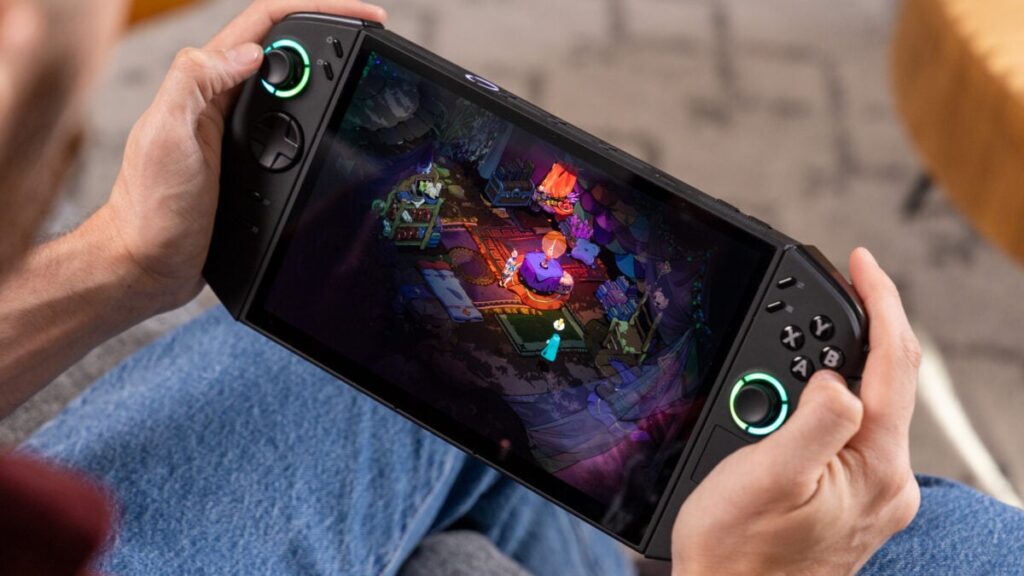
Lenovo’s latest offering, the Legion Go 2, is a handheld gaming device that has captured attention primarily for its stunning 8.8-inch, 1200p OLED display. While the performance is commendable, it is the screen’s ability to render recent 2D titles beautifully that truly stands out. However, this device is not without its challenges. Its hefty build makes it cumbersome for prolonged use without support, and its controls leave much to be desired. Despite these drawbacks, the Legion Go 2 has a charm that grows on you, especially when playing visually striking games like Hollow Knight: Silksong and Hades II.
The Legion Go 2’s appeal is reminiscent of Valve’s Steam Deck OLED, which also features OLED technology for vibrant colors and deep contrasts. Yet, the Steam Deck OLED is a more economical choice, priced at $550 compared to the Legion Go 2’s $1,350 for the review unit with an AMD Ryzen Z2 Extreme processor, 32GB of RAM, and 1TB of storage. This price disparity is significant, as one could purchase two Steam Decks or even three Nintendo Switch 2 handhelds for the price of a single Legion Go 2.
Pricing and Market Dynamics
The Legion Go 2’s pricing reflects broader market trends influenced by tariffs and economic policies. The Asus ROG Xbox Ally X, launching soon with the same Ryzen Z2 Extreme chip, is priced at $1,000. This follows a pattern of rising costs in the handheld gaming market, driven in part by import taxes. Consumers face a tough decision, as prices may continue to climb.
Lenovo’s decision to retain certain features from its predecessor, like the FPS mode, has drawn criticism. The device allows for controller detachment akin to the Nintendo Switch, but the mechanism remains cumbersome. The Hall effect sticks, while resistant to drift, feel insubstantial compared to other handhelds.
Technical Performance and Usability
Despite its high price, the Legion Go 2 does not significantly outperform its predecessor in terms of processing power. The AMD Ryzen Z2 Extreme APU offers only incremental improvements, with minimal gains in frame rates for demanding games. However, the device excels at lower wattages, maintaining stable performance for less intensive titles.
“In 3DMark benchmarks, the Legion Go 2 hit a score of 3,305, just 300 points above the Asus ROG Ally X.”
Battery life remains a challenge, with the device offering around two hours of gaming at full settings. This is comparable to other high-end handhelds but falls short of expectations for extended play sessions. The Legion Go 2’s fans, though audible, keep the device cool during use.
Operating System Challenges
One of the Legion Go 2’s significant drawbacks is its reliance on Windows, which is not optimized for handheld devices. The upcoming “Full Screen Experience” (FSE) for Windows promises improvements, but its release is not imminent. In the meantime, users may consider installing SteamOS for better performance, though compatibility remains uncertain.
Overall, the Lenovo Legion Go 2 is a visually impressive device with potential, but its high cost and software limitations make it a challenging recommendation. As the market evolves, consumers will need to weigh their options carefully, balancing performance, price, and usability.







